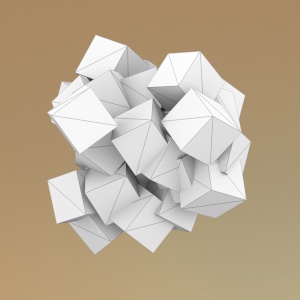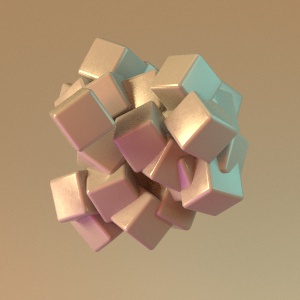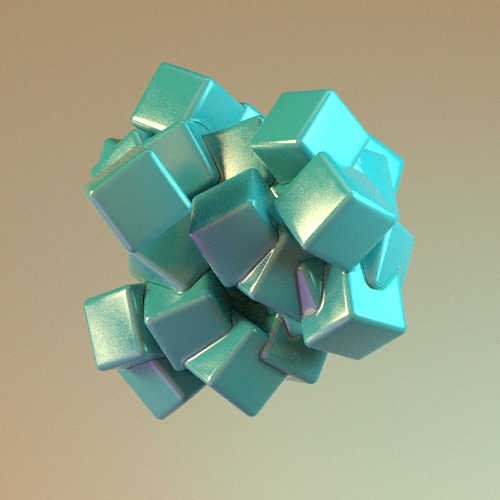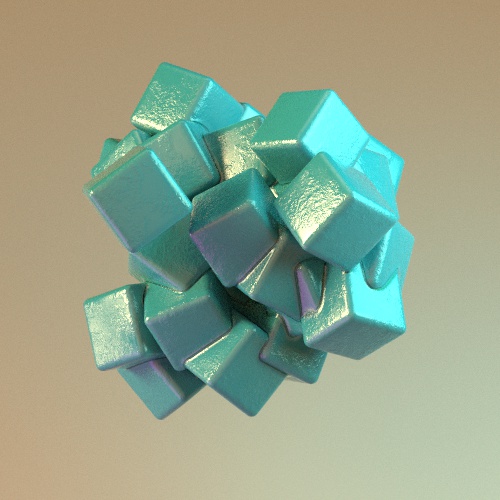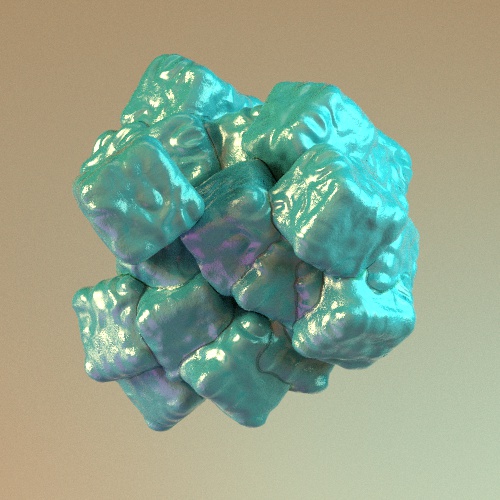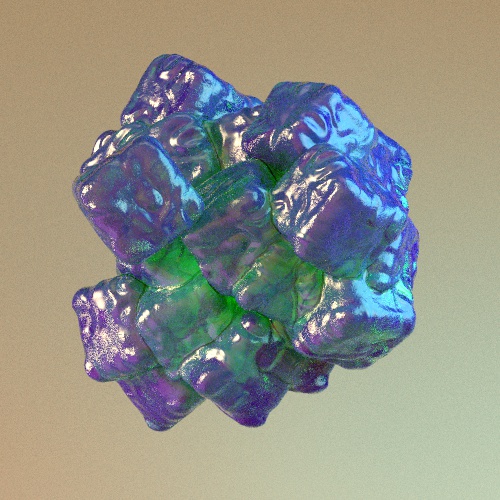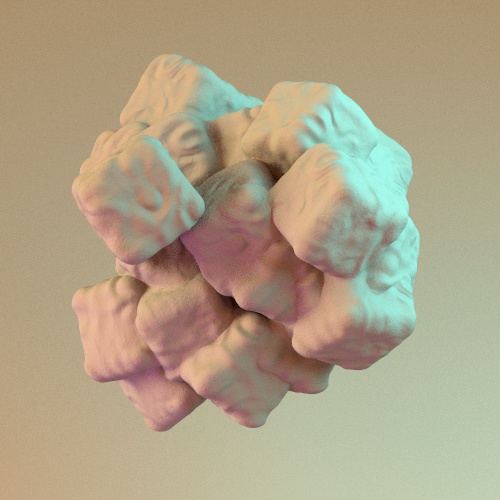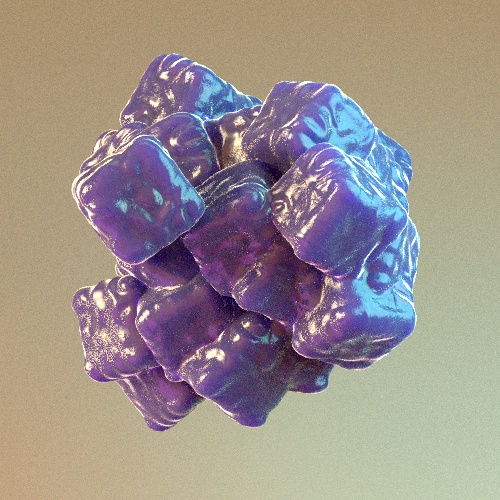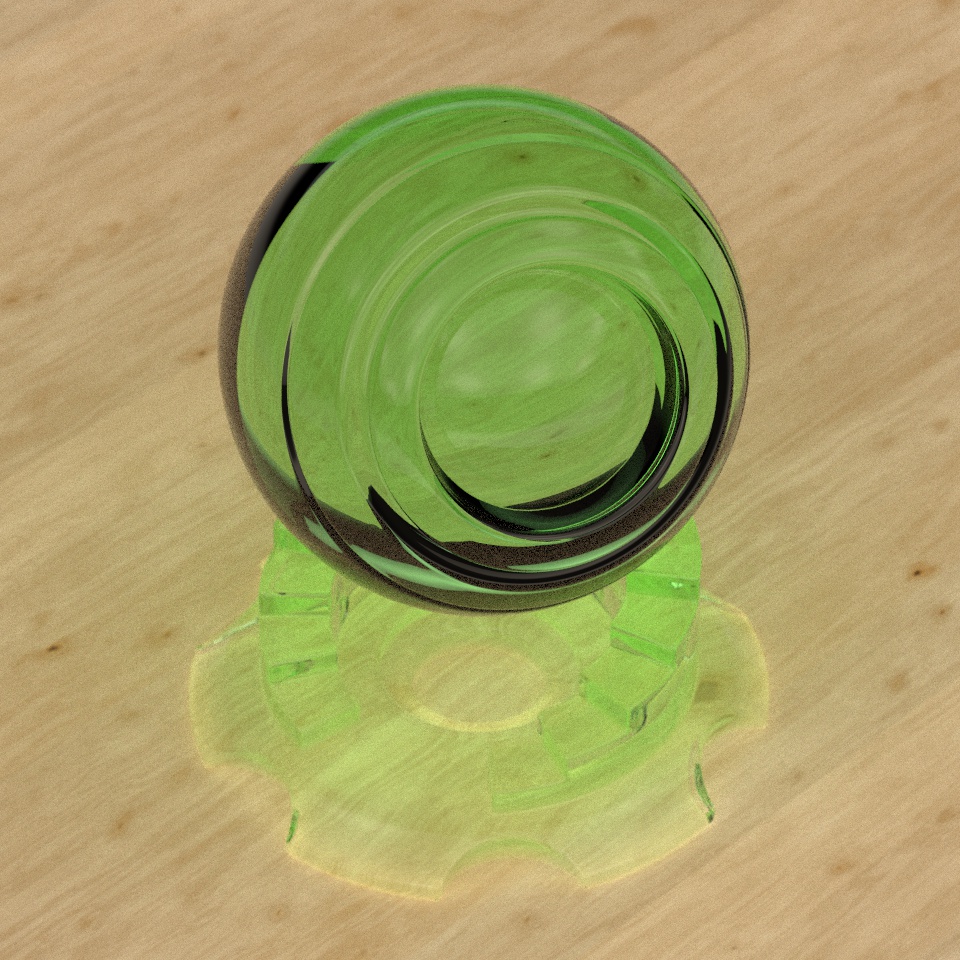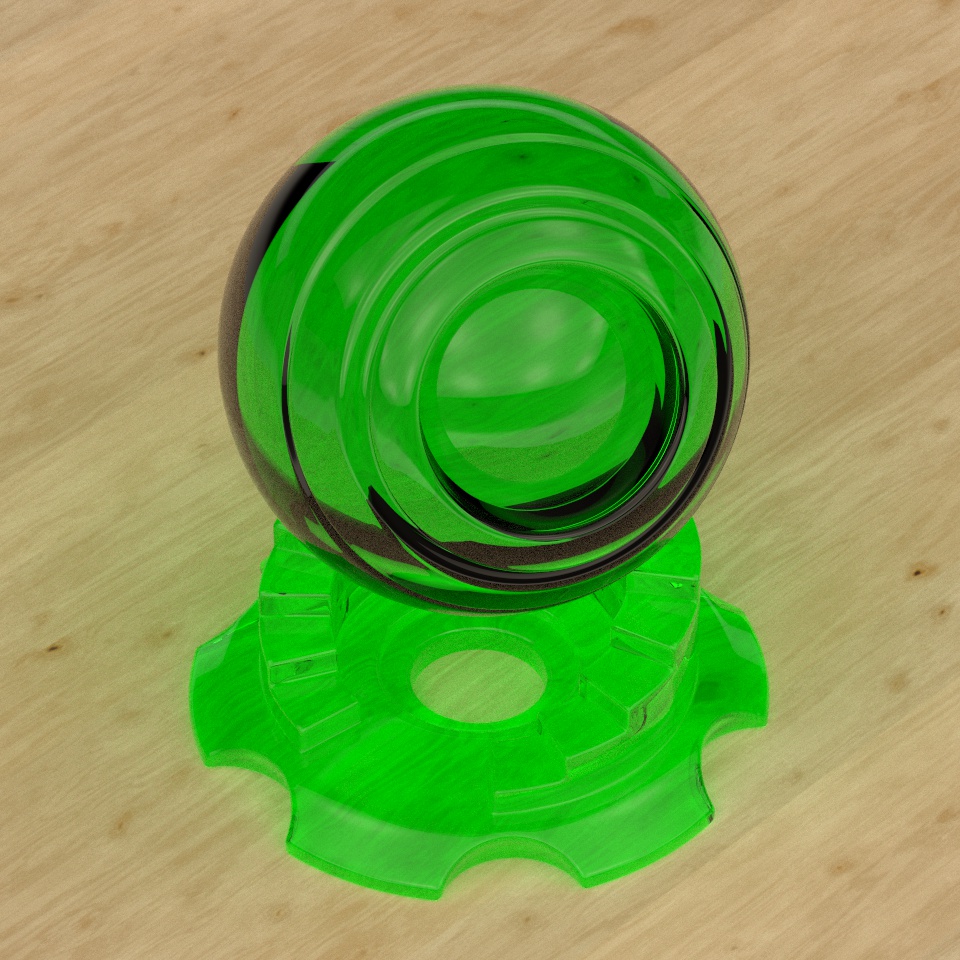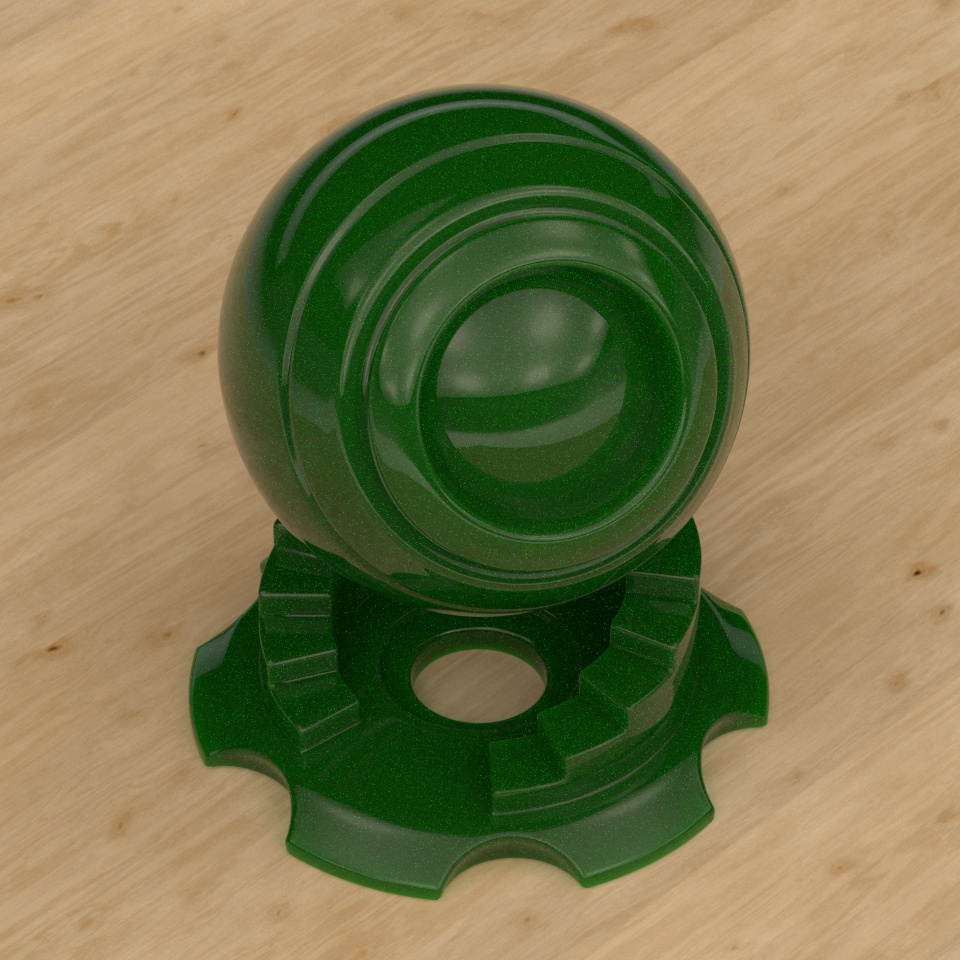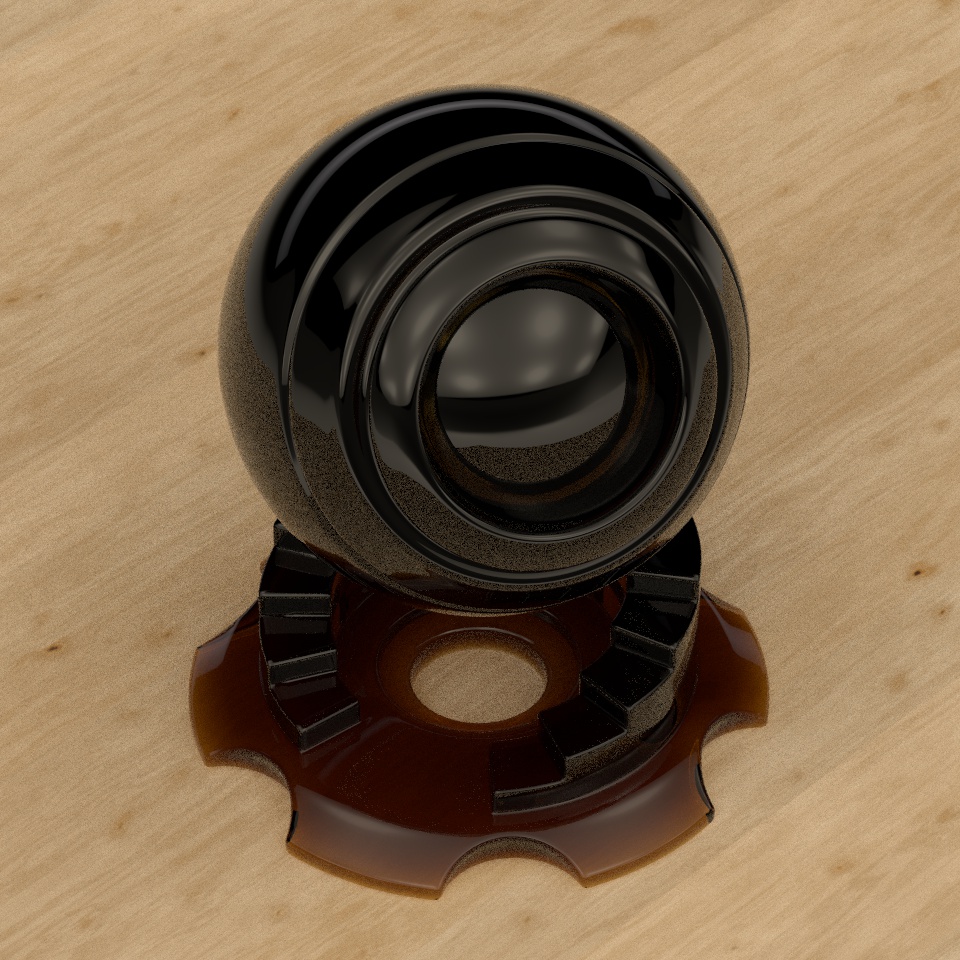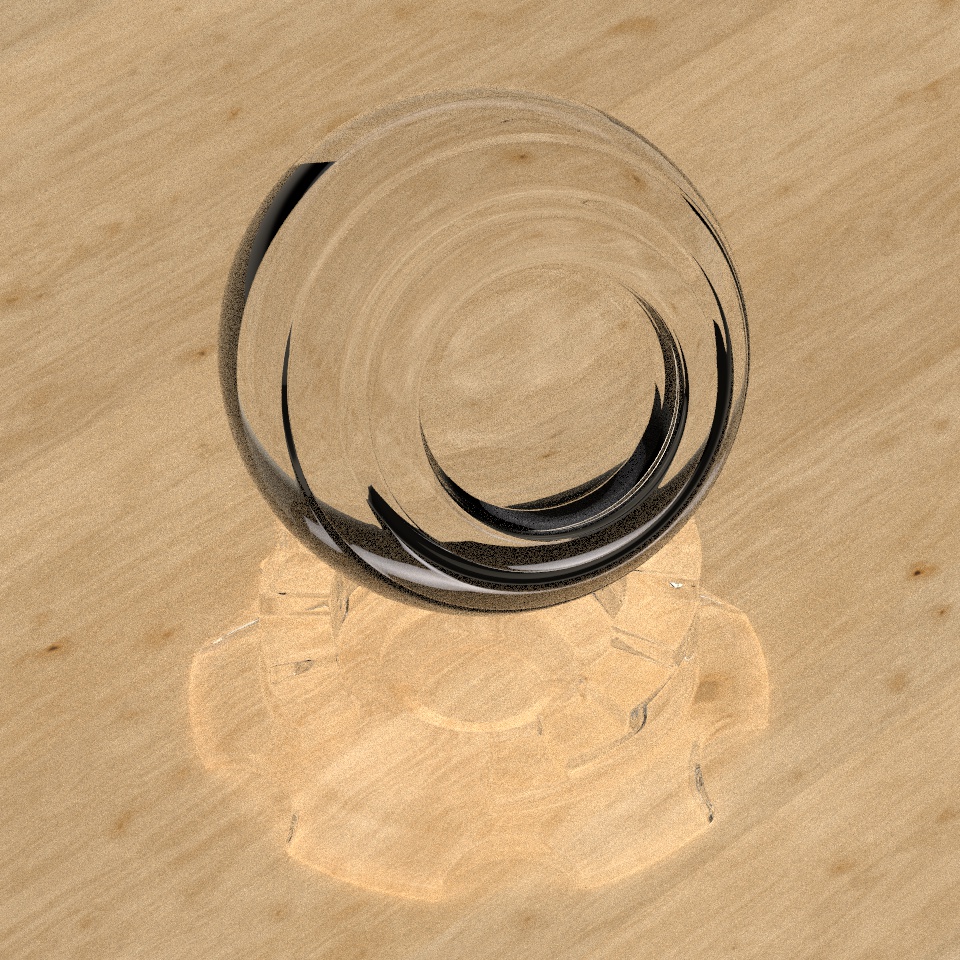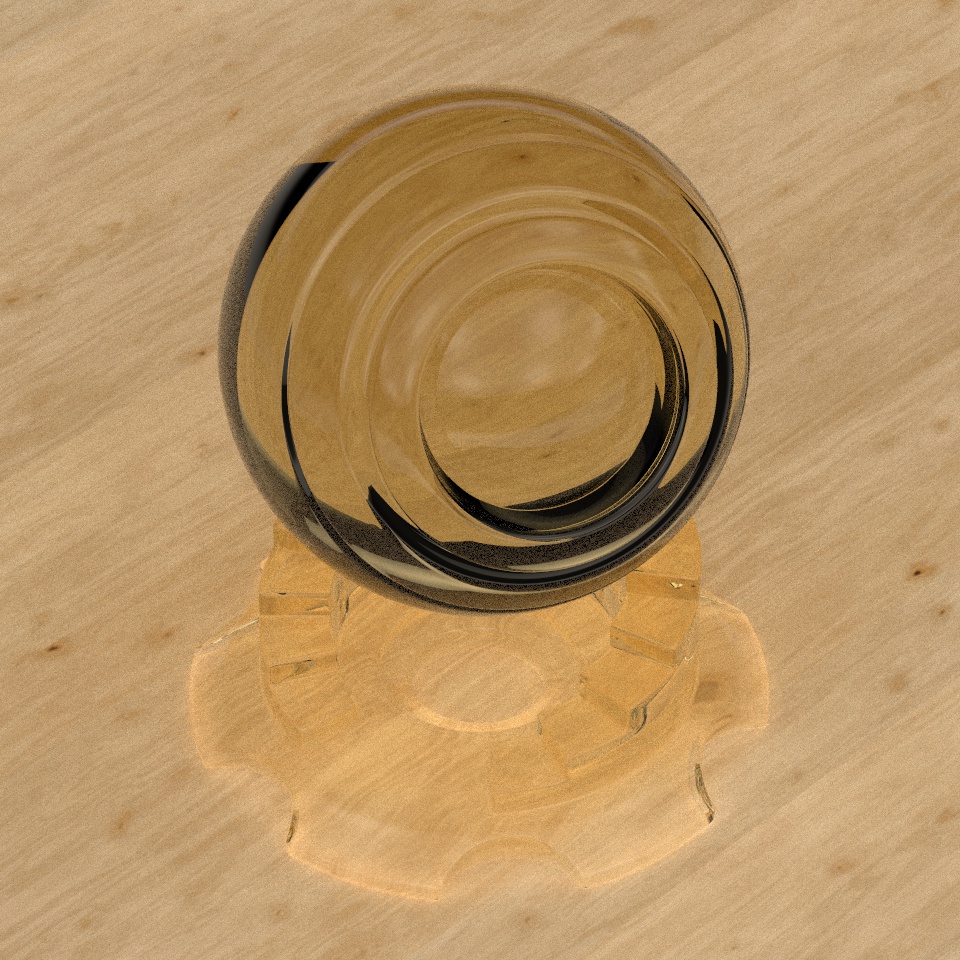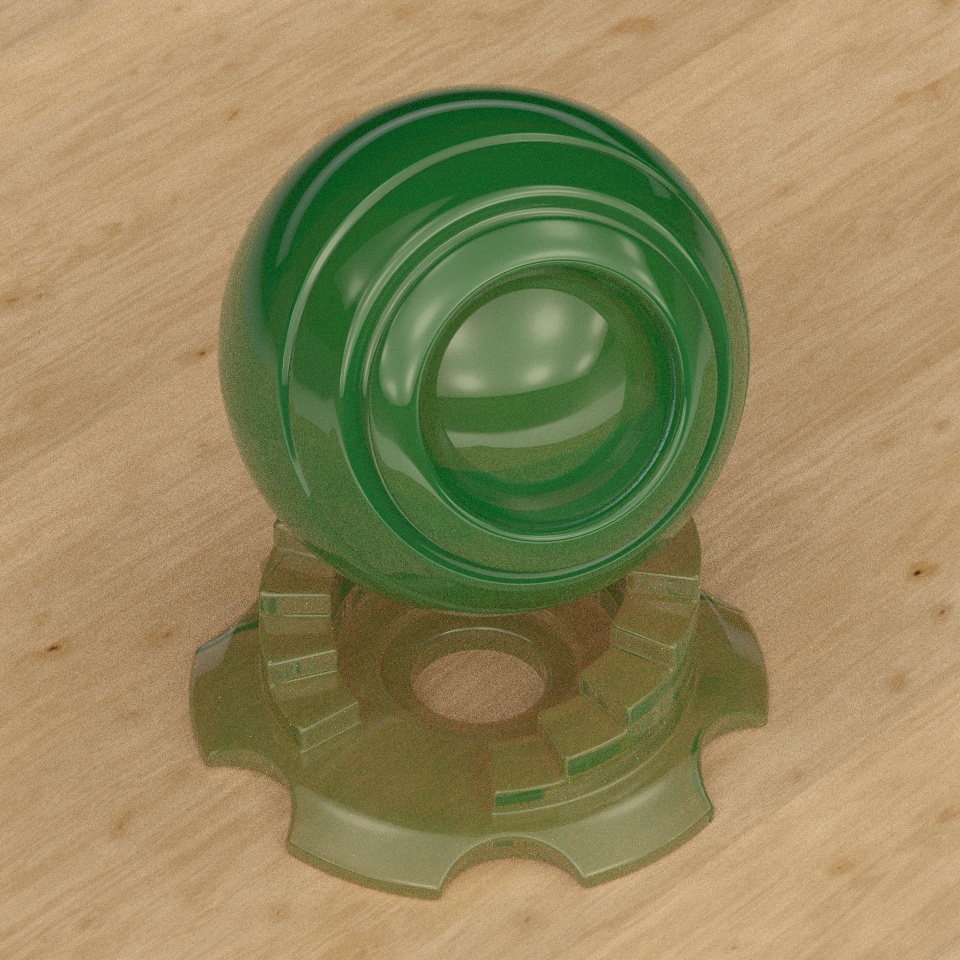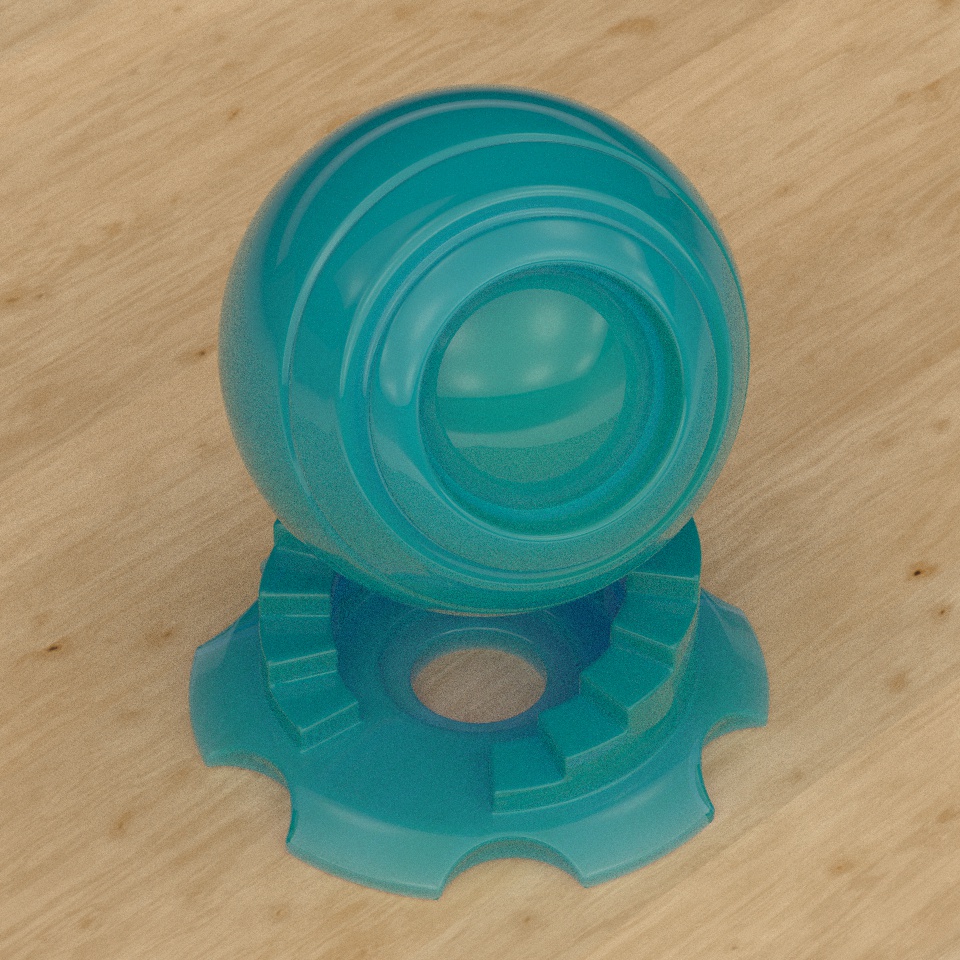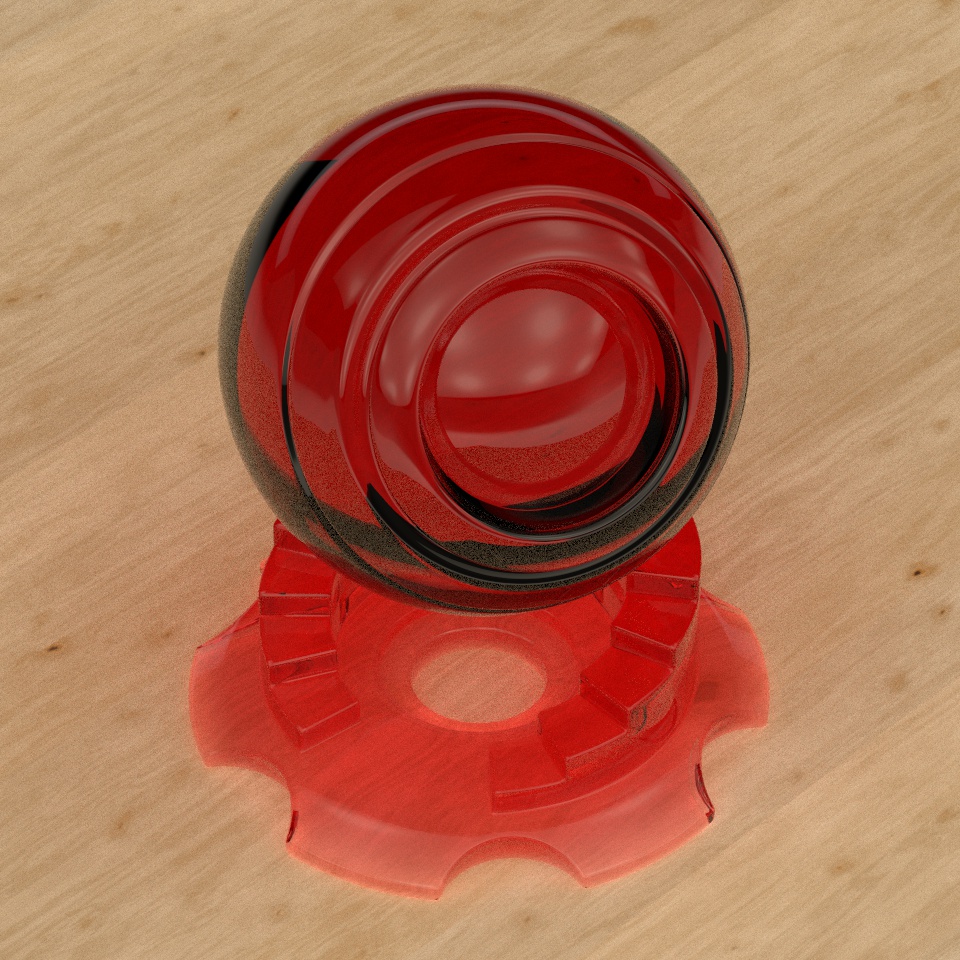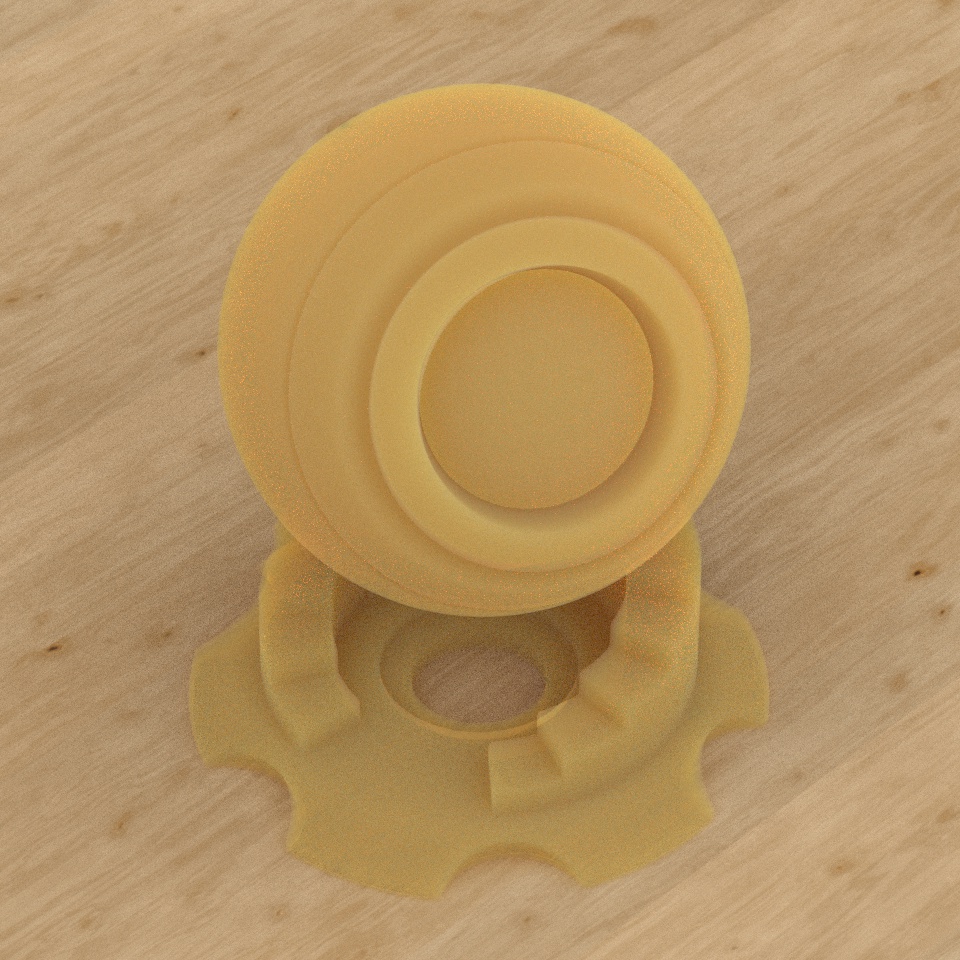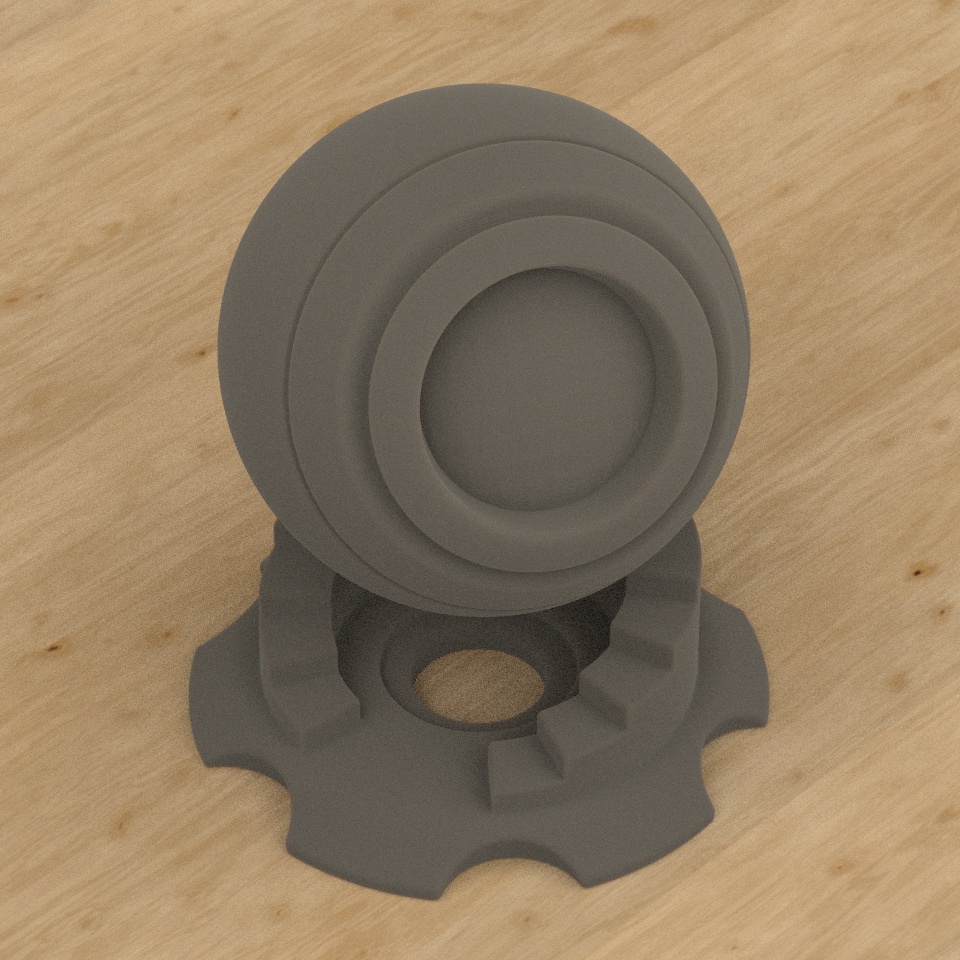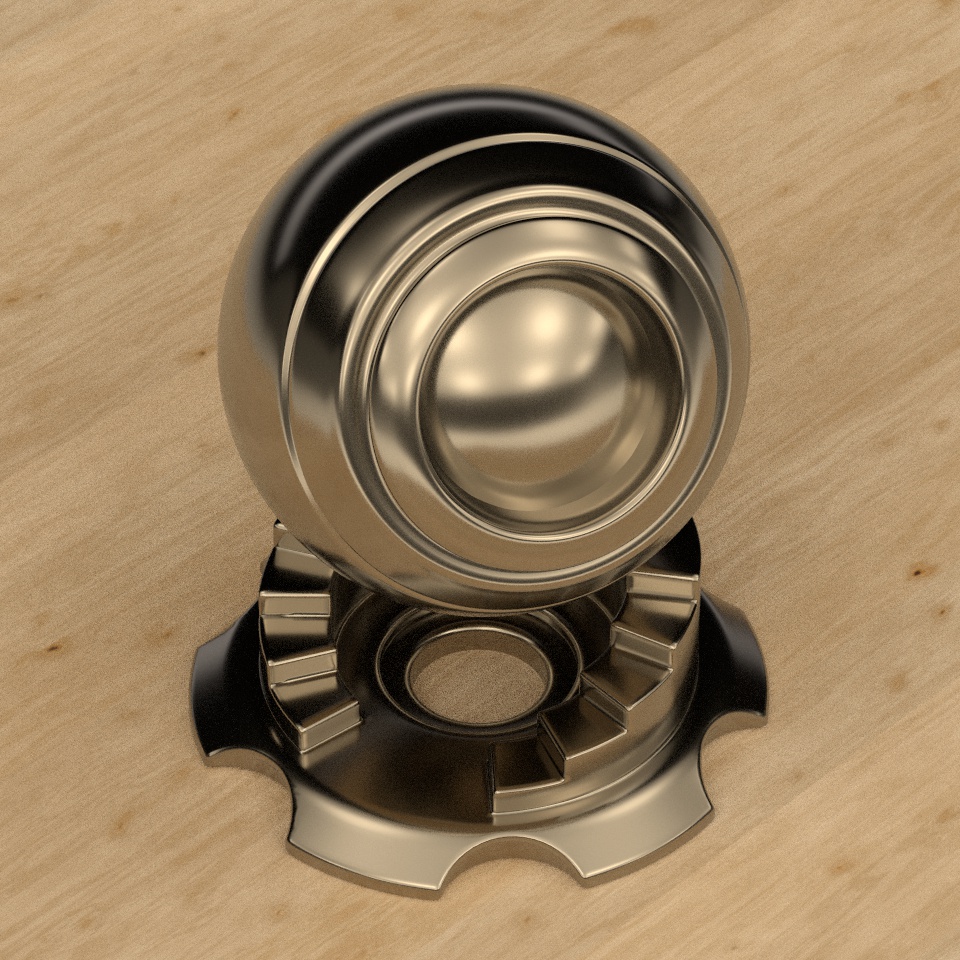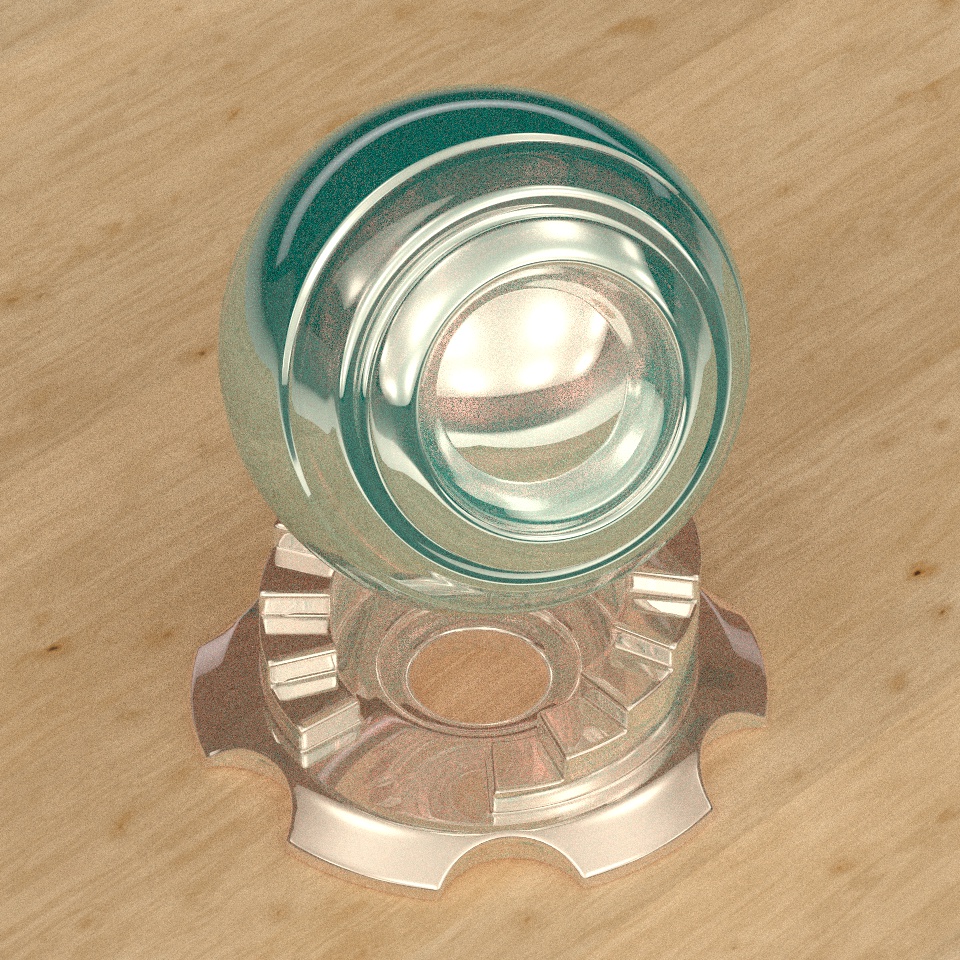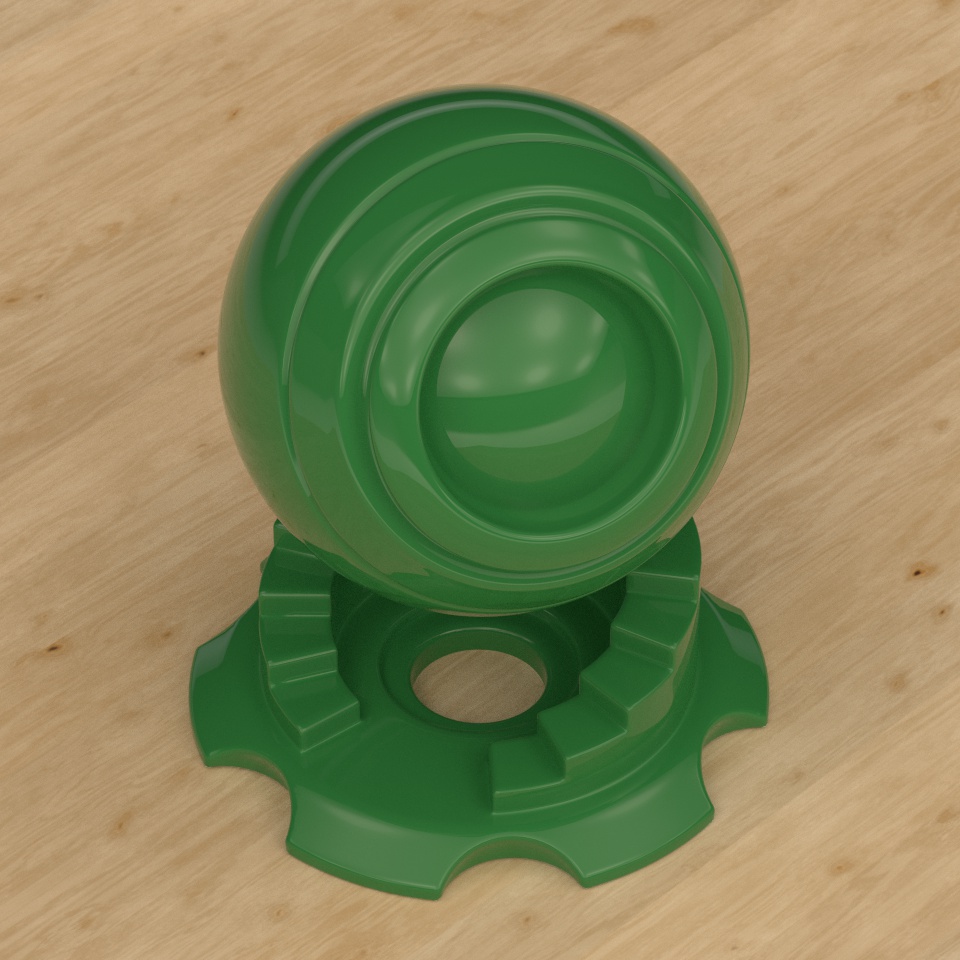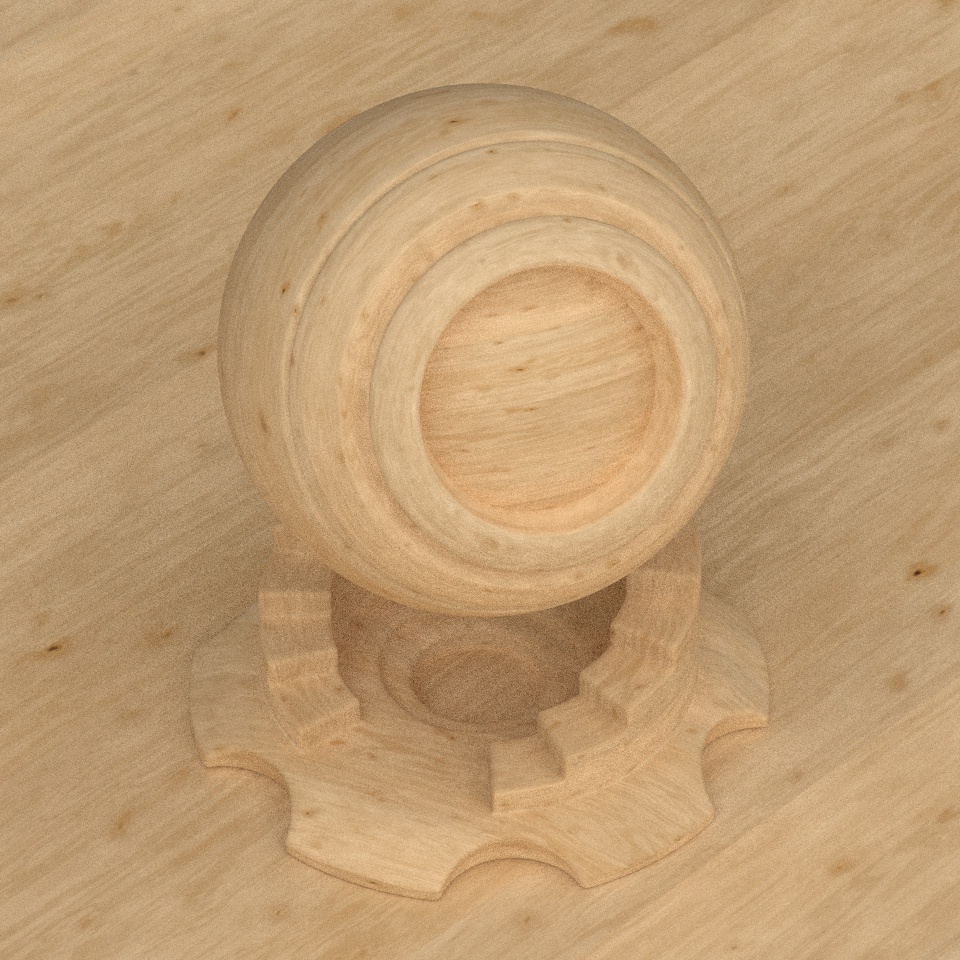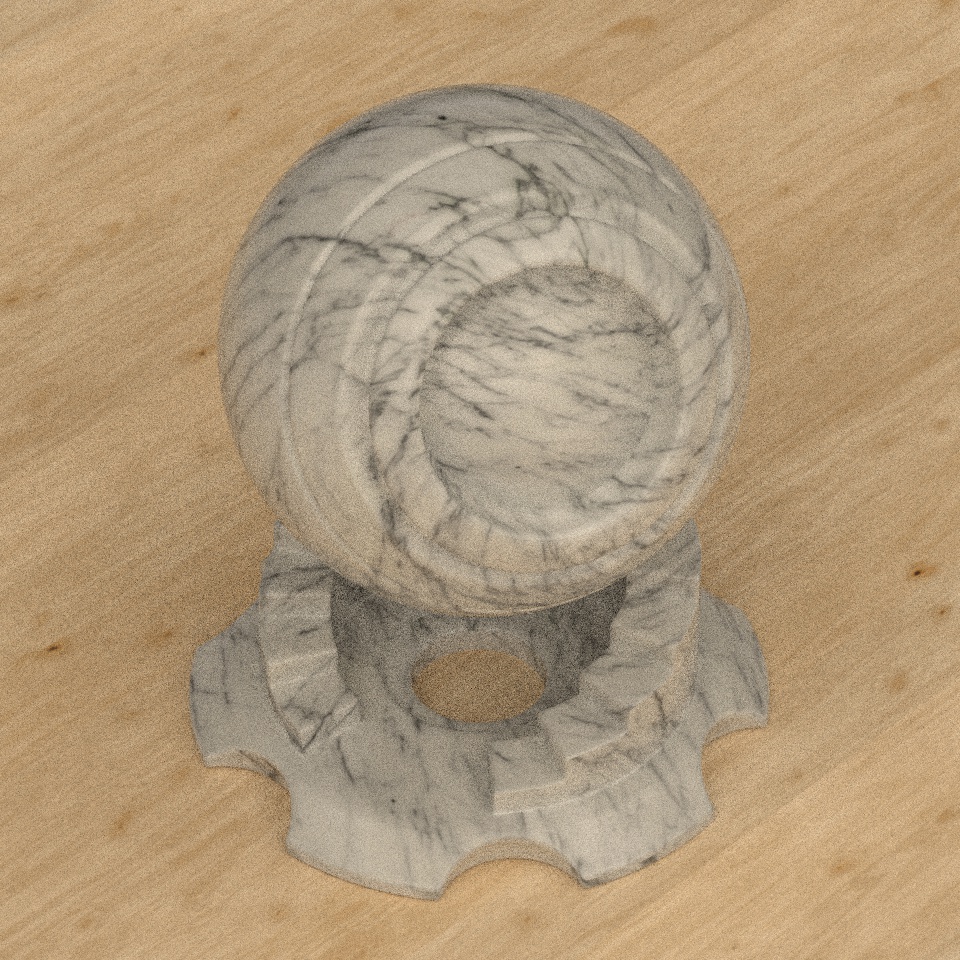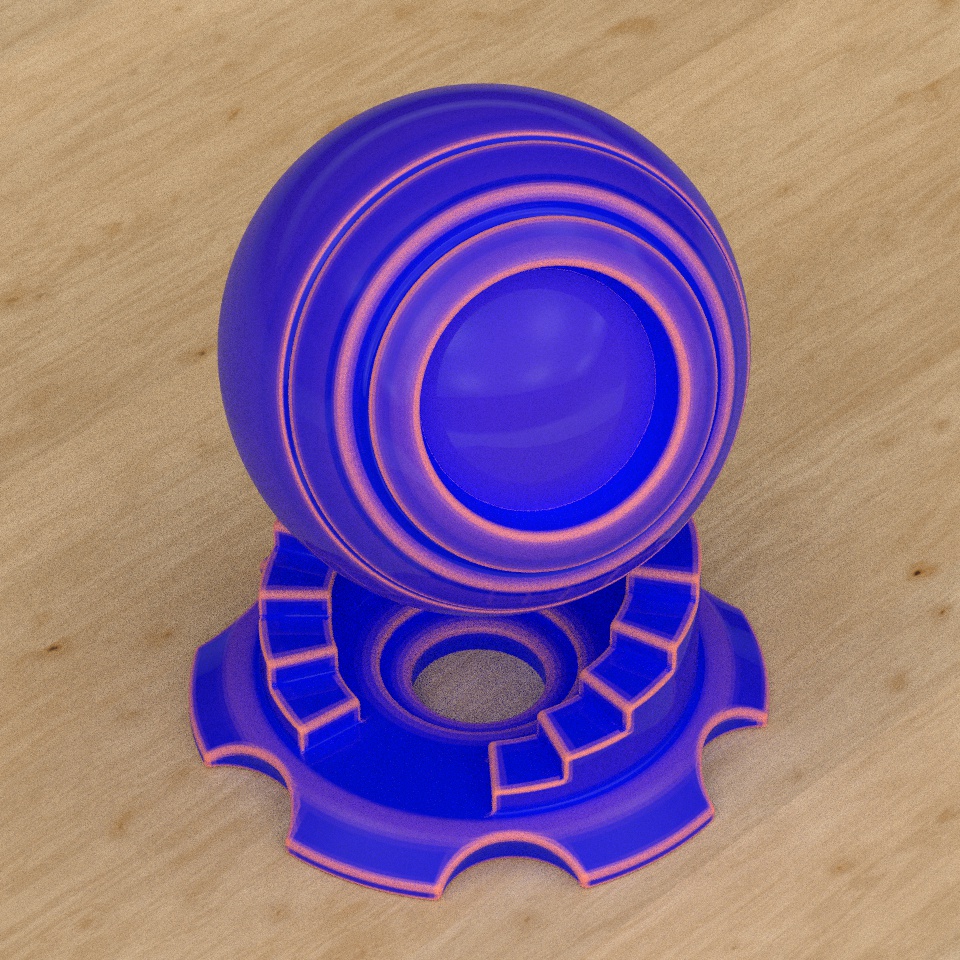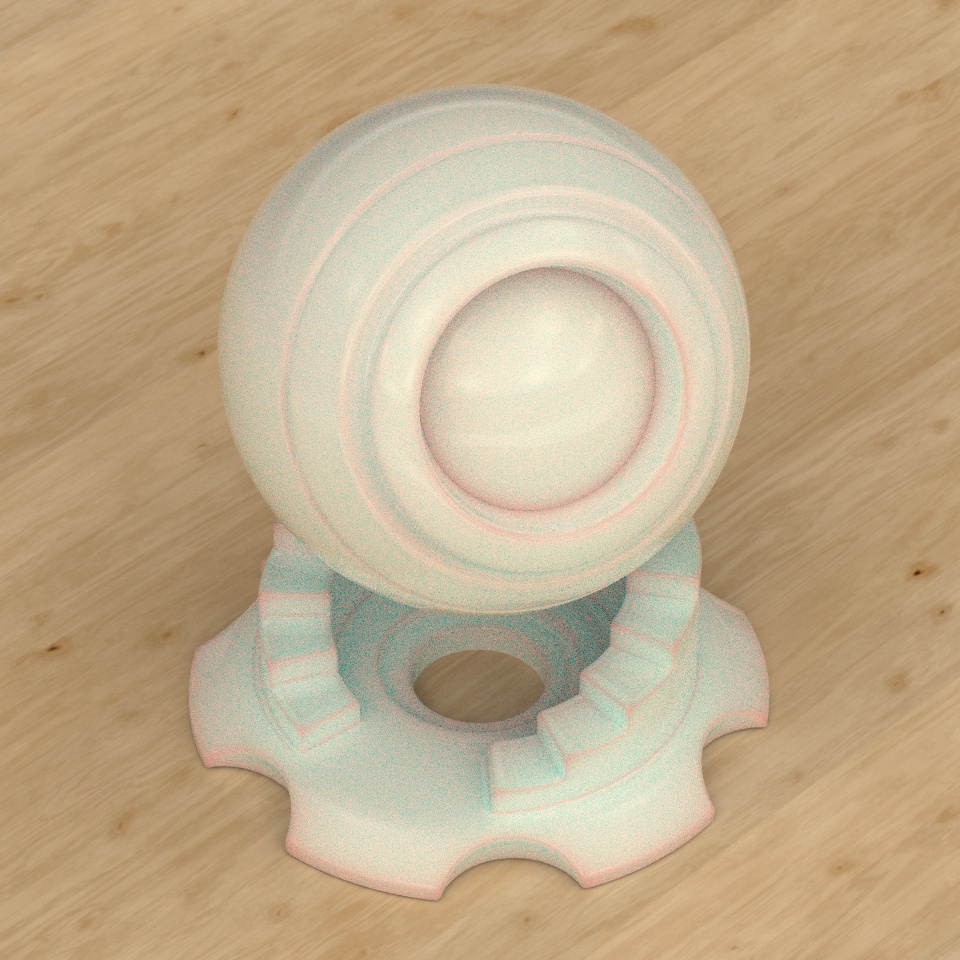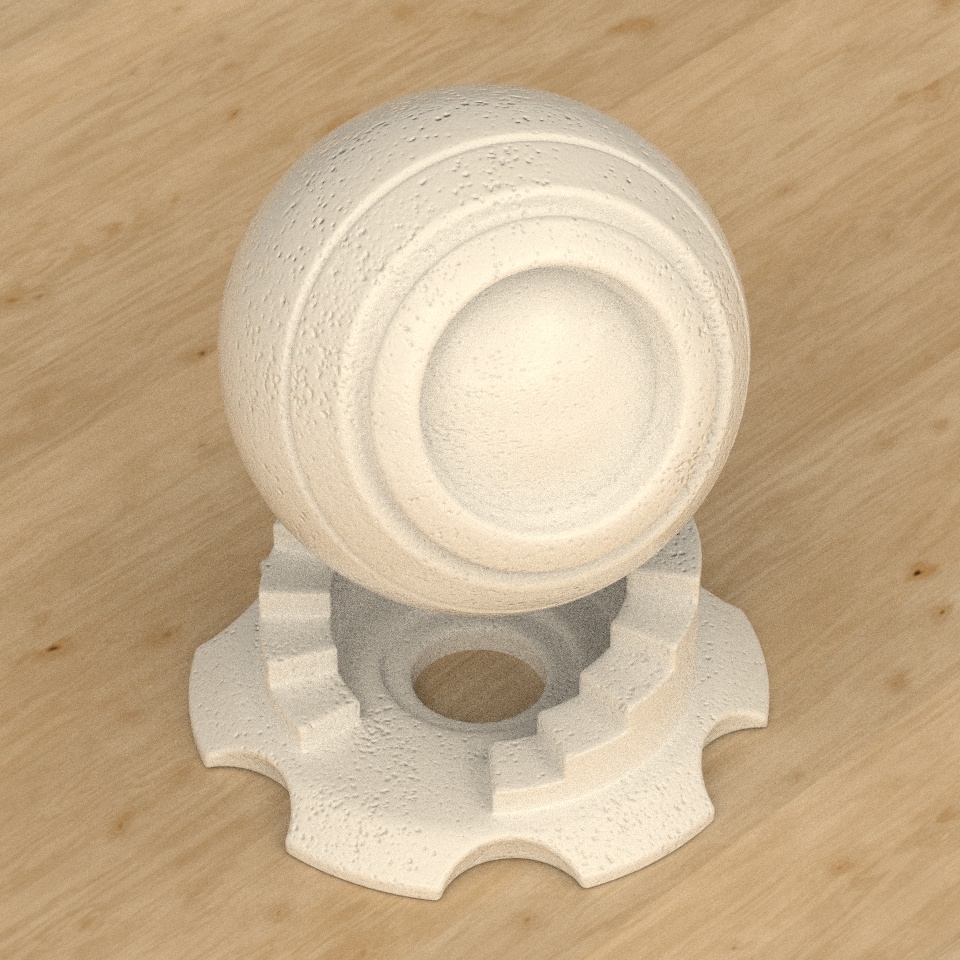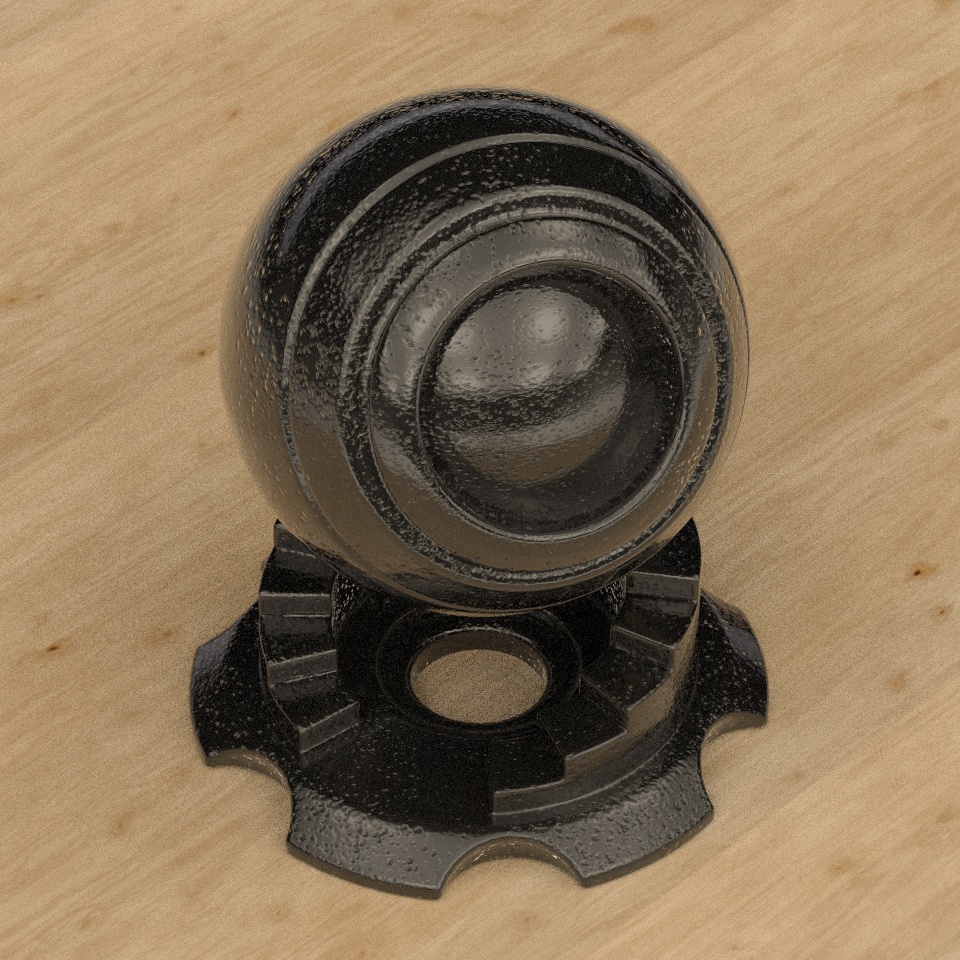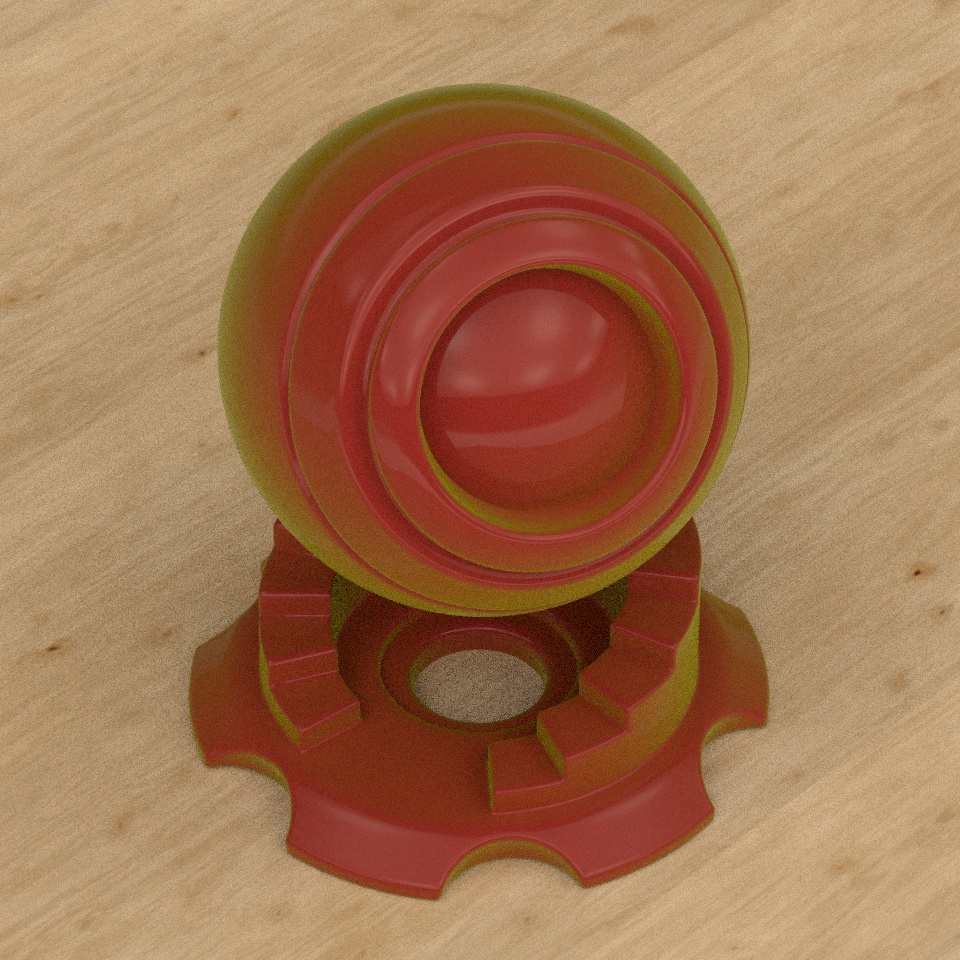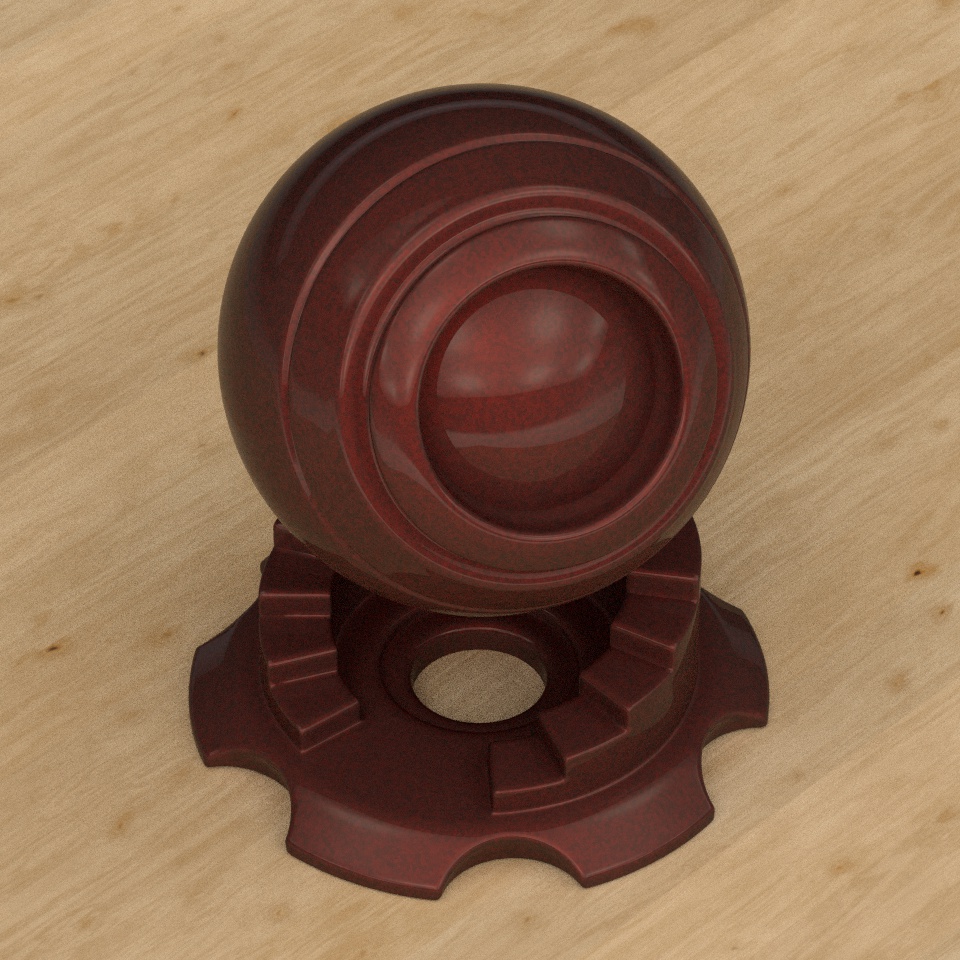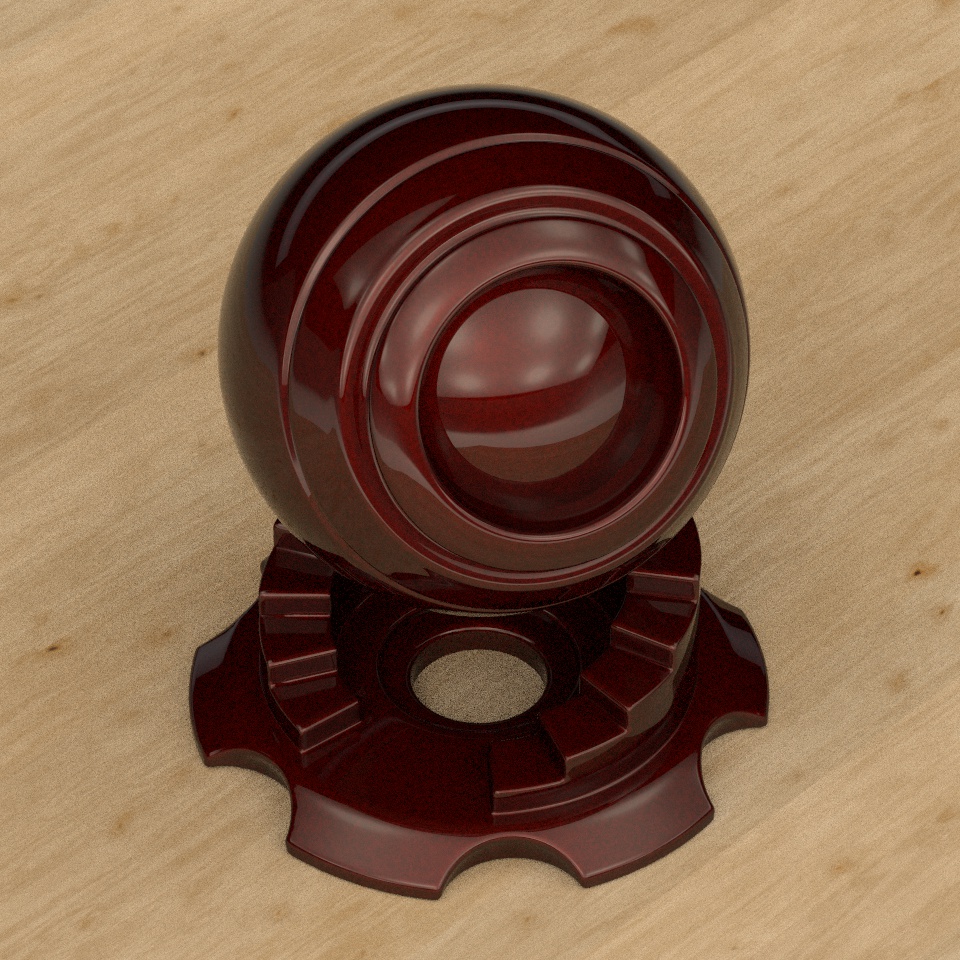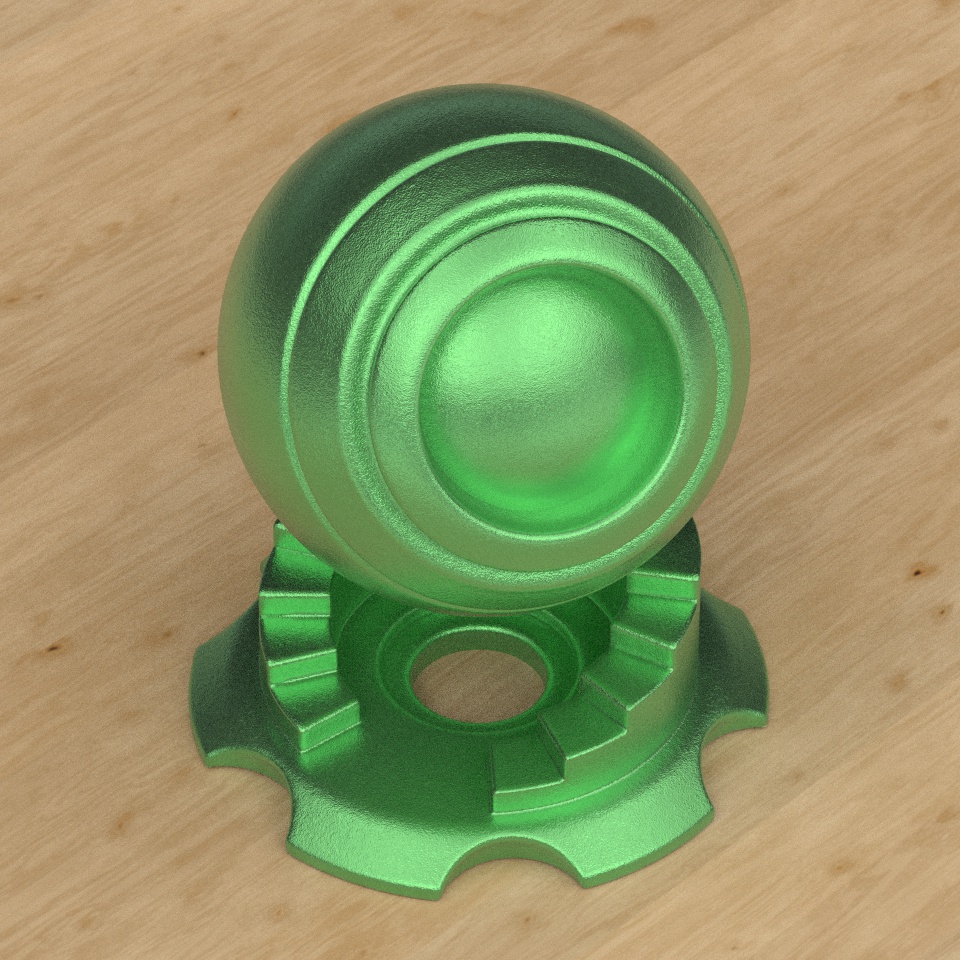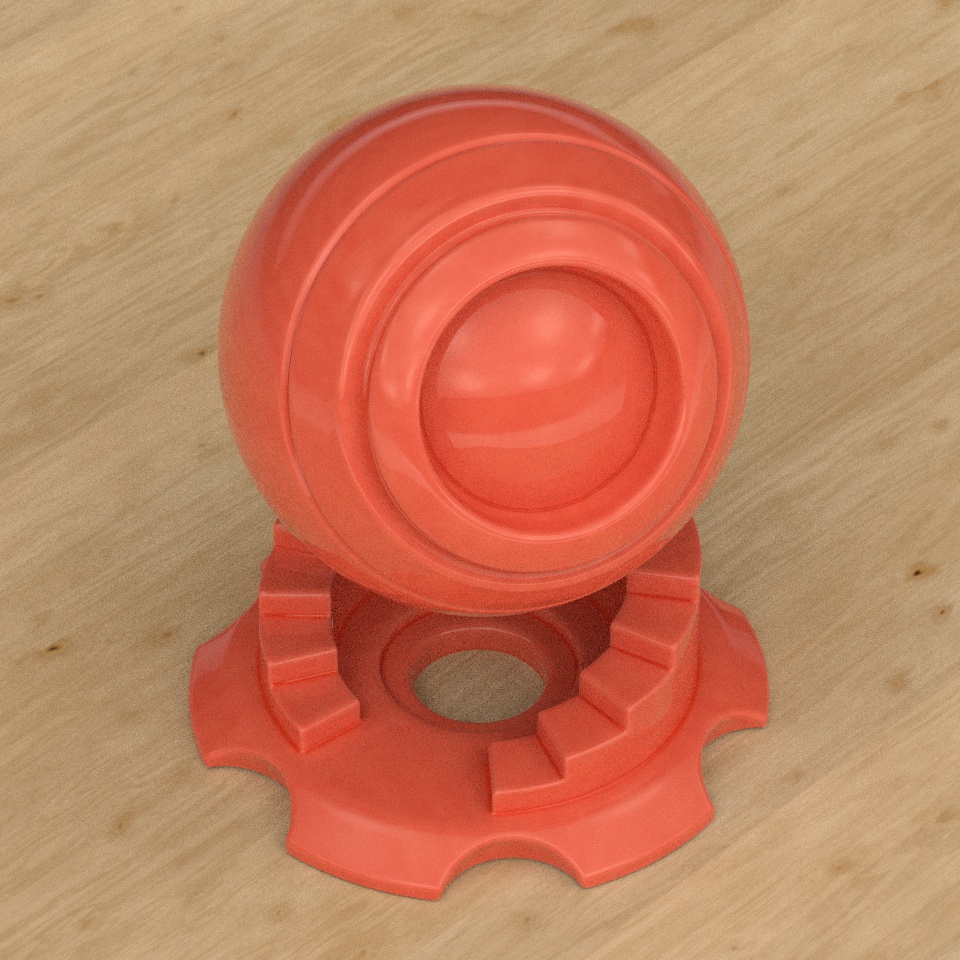Redshift test with Displacement, Curvature, and Fresnel to achieve very different results with simple geo.
Month: September 2020
Experiment with Redshift Displacement. A cube with some noise.
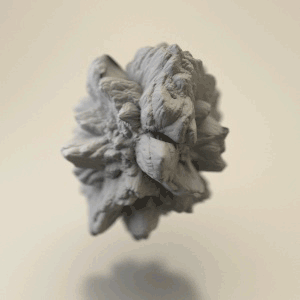
Starting to play more with Redshift Shaders in C4D, building up effects procedurally. all these are under 2 second renders. The subsurface effects are super effective. Good to know I have these in my toolkit and that they are very cheap to render. GI with Greyscale Gorrilla HDRI link; pricey- but effective.
Just a bit of fun using a slicing method I worked out in houdini and two prusa printers, with me and Stella.
Summary (so far)
First, I up-skilled in Interactive and game design with Unity and C#. To integrate with my motion capture goals I focused on vector maths and quarteniorns, using input to manipulate kinematic animation with linear and spherical interpolation. I explored the potential of motion capture in unity using the HTC vive, but decided to move to Unreal as the support for Apple Arkit and the Live Link capabilities were much more robust and documented. I then became familiar with Unreal Engine and Blueprints. I experimented with Visage studio for face capture, but ultimately settled on Apple Arkit. I bought six vive trackers and designed my motion capture rig, including 3d printed adaptors and face head harness with an apple truedepth sensor for facial capture. I became familiar with the Unreal Live Link Face App for IPhone, and became familiar with remote UDP, OSC and file transfer using TCP capabilities, so the face capture component of my rig can be controlled using network commands. Once I had my body and face motion capture rig working in unreal, I became familiar with animation targeting in Maya Lt so that I can apply different animations to to different rigs. I also familiarised myself with animation blending as well as Pose Morphing and Blendshapes for face. With the technicalities settled, I moved on to on to the aesthetic components. I had used the Universal and Lightweight render pipeline during my unity up-skill, but I felt like something more visually powerful was needed, as well as a way to create procedural effects with the motion data. I upskilled in Houdini, creating procedural volumetric effects and particle simulations over motion capture data bound to a kinematic mesh. Finally, I learnt how use Redshift to create physically based renders via my GPU to create an end product that is visually appealing and economically viable. I also built my website, virtuallyanything.xyz as well as populated my progress blog with development update and livestreams. The time spent on this project has been extremely useful for my artistic and professional development. Transitioning from animator to interactive designer, leveraging my performing background into motion capture has future proofed my career. I have learned much more than I thought I would in this period; coding has been completely demystified and I have a working methodology to create motion capture performances using a working 8 point motion capture rig augmented with procedural animation and rendered with cutting edge GPU rendering. I mentioned using xbox kinect for motion capture in the application, but my solution is much more robust. I am now in professional discussion with music labels to implement my technology in creating create virtual videos as well as many performers in lockdown that need to transition their work into a virtual space. I feel communication though physicality is of importance to the stability of the social fabric- Victoria has been though a unique challenge. Though the methodologies I have gained in this period, my new business can react positively and with great innovation to the changing social landscape. I will motion capture performances of artists that have had their audiences and revenue decimated though closing of venues and restrictions on travel.
